
Raja Yoga Explained: The Royal Path to Self-Realization and Mind Mastery
Yoga is not merely a physical discipline. At its essence, it is a science of self-mastery — a journey toward union of the individual self with the universal consciousness. While most people associate yoga with asanas (physical postures), the tradition itself is vast and multifaceted. Among the classical paths of yoga, Raja Yoga stands as the “royal path” — the way of meditation, concentration, and control of the mind.
In this in-depth exploration, we’ll dive into the history, philosophy, practices, and contemporary relevance of Raja Yoga. Whether you are a curious beginner, a dedicated practitioner, or someone seeking mental clarity in a distracted world, this blog will serve as a guide to understanding and practicing Raja Yoga in daily life.
What is Raja Yoga?
The Sanskrit word “Raja” means king, chief, or royal. Raja Yoga is often referred to as the “royal path” because it provides a comprehensive system for mastering the mind, governing one’s inner kingdom, and ultimately attaining liberation (moksha).
Unlike Bhakti Yoga (the path of devotion), Karma Yoga (the path of selfless action), or Jnana Yoga (the path of wisdom), Raja Yoga emphasizes direct experience through meditation and mental discipline. It is sometimes called the “Yoga of the mind.”
Swami Vivekananda, who popularized yoga in the West in the late 19th century, described Raja Yoga as the science of controlling the internal and external nature. In his words:
“Each soul is potentially divine. The goal is to manifest this divinity within by controlling nature, external and internal. Do this either by work, or worship, or psychic control, or philosophy—by one, or more, or all of these—and be free.”
Thus, Raja Yoga is not merely about postures but about training the mind to achieve stillness and ultimately realize the true Self.

Historical Roots of Raja Yoga
2.1 Origins in Ancient India
The roots of Raja Yoga trace back thousands of years to the Vedic period. The early Upanishads, particularly the Katha Upanishad and Svetasvatara Upanishad, emphasized the control of the senses and the discipline of meditation as pathways to self-realization.
The word “yoga” in the Vedas meant union — particularly the union of individual consciousness (jivatman) with universal consciousness (paramatman). The discipline required for this union gradually evolved into systematic paths.
2.2 Patanjali and the Yoga Sutras
The formal systemization of Raja Yoga is attributed to Maharshi Patanjali, the sage who compiled the Yoga Sutras around the 2nd century BCE. This seminal text laid down 196 aphorisms that describe the philosophy, psychology, and practices of yoga.
Patanjali did not use the term “Raja Yoga” directly. Instead, his system came to be known as Ashtanga Yoga — the Eight Limbs of Yoga. Later commentators, especially Swami Vivekananda, equated this systematic path of meditation with Raja Yoga.
2.3 Raja Yoga in Medieval and Modern Times
During the medieval period, Raja Yoga coexisted with Hatha Yoga. While Hatha focused on purifying the body through postures and breath control, Raja emphasized meditation and inner stillness.
In modern times, teachers like Swami Vivekananda, Paramahansa Yogananda, and Swami Sivananda spread Raja Yoga globally. They emphasized its universality — a discipline that transcends religion and culture.
⸻
The Philosophy of Raja Yoga
At its core, Raja Yoga is based on Samkhya philosophy, which distinguishes between Purusha (pure consciousness) and Prakriti (matter, including mind and body). The bondage of the soul arises from identifying with the fluctuations of the mind. Liberation comes when one realizes that consciousness is distinct from mental activity.
Patanjali defined yoga in his second sutra:
“Yogas chitta vritti nirodhah”
Yoga is the cessation of the fluctuations of the mind.
When the restless ripples of thought are stilled, the practitioner abides in pure awareness.
Key Concepts in Raja Yoga Philosophy:
• Chitta (Mind-stuff): The total field of consciousness, including memory, intellect, and ego.
• Vrittis (Fluctuations): The waves or modifications of the mind that distract from true awareness.
• Samadhi (Absorption): The ultimate state where the self merges with universal consciousness.
Thus, Raja Yoga is a psychological science: a method for observing, disciplining, and transcending the mind.

The Eight Limbs of Raja Yoga
The practice of Raja Yoga is structured through the Ashtanga (eight limbs) outlined by Patanjali. These limbs provide a step-by-step progression from ethical living to the highest meditation.
Yama – Ethical Restraints
The foundation of Raja Yoga begins with self-control and moral discipline. There are five yamas:
1. Ahimsa (Non-violence) – kindness in thought, word, and deed.
2. Satya (Truthfulness) – honesty without harm.
3. Asteya (Non-stealing) – respecting what belongs to others.
4. Brahmacharya (Moderation/continence) – mastery of energy and desire.
5. Aparigraha (Non-possessiveness) – freedom from greed and hoarding.
Niyama – Personal Observances
These are disciplines for self-purification:
1. Shaucha (Cleanliness) – purity of body and mind.
2. Santosha (Contentment) – cultivating peace with what is.
3. Tapas (Discipline) – endurance and effort in spiritual practice.
4. Svadhyaya (Self-study) – reflection and study of sacred texts.
5. Ishvarapranidhana (Surrender to God) – devotion to a higher reality.
Asana – Posture
In Raja Yoga, asanas are not elaborate fitness routines but steady and comfortable postures that allow the body to sit in meditation without distraction.
Pranayama – Control of Breath
The regulation of prana (life energy) through breathing techniques. Breathing becomes a tool for calming the nervous system and focusing the mind.
Pratyahara – Withdrawal of Senses
Turning the senses inward, detaching from external distractions. This prepares the mind for concentration.
Dharana – Concentration
Focusing the mind on a single object, such as a mantra, a symbol, or the breath.
Dhyana – Meditation
Continuous flow of concentration, leading to deep stillness and inner awareness.
Samadhi – Union
The culmination of Raja Yoga: complete absorption, where the meditator, the act of meditation, and the object of meditation become one. This is liberation, freedom from the cycles of suffering.
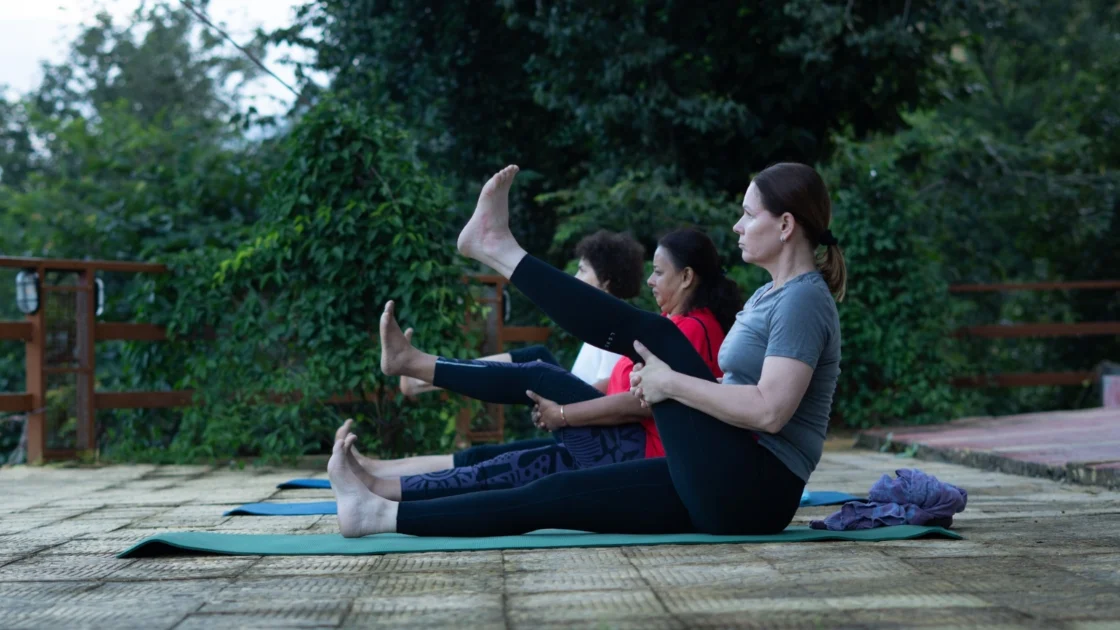
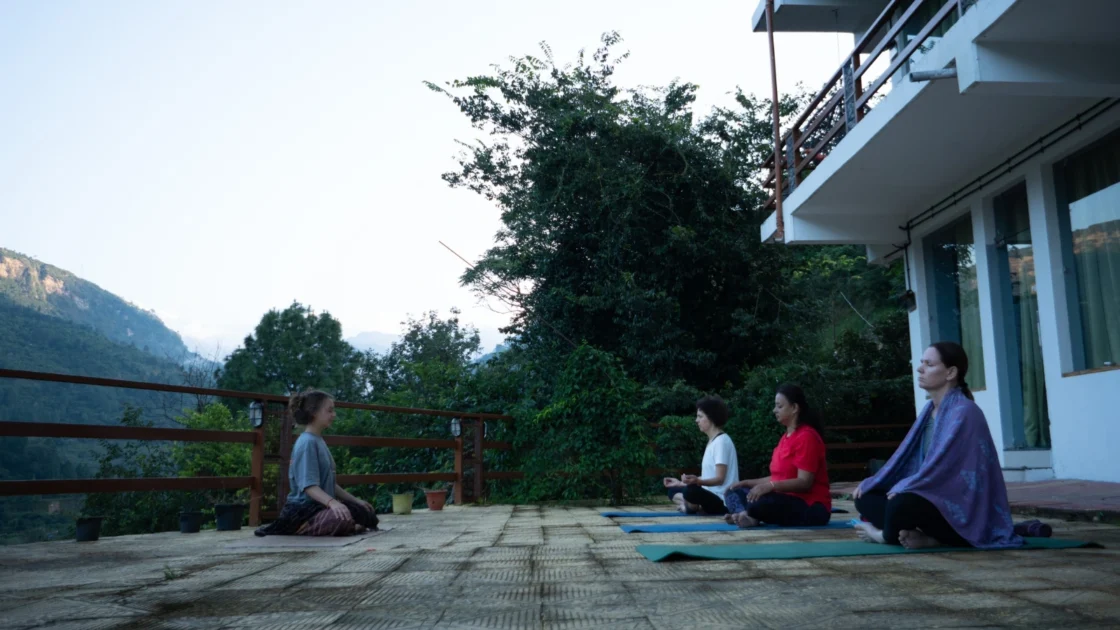
Raja Yoga and the Science of the Mind
Long before modern psychology, Raja Yoga presented a sophisticated model of the mind. Patanjali’s system parallels many ideas in contemporary neuroscience and cognitive science.
• Chitta, as a consciousness field, resembles the idea of working memory and subconscious processes.
• Vrittis as fluctuations mirror the constant stream of thoughts studied in cognitive psychology.
• Pratyahara and Dharana can be compared to techniques for attention control and mindfulness.
• Samadhi resembles states of flow and transcendence studied in positive psychology.
Thus, Raja Yoga offers not only spiritual insight but also practical mental training that aligns with modern science.
Benefits of Practicing Raja Yoga
Raja Yoga has been practiced for centuries because of its transformative effects on body, mind, and spirit. Some of the key benefits include:
Physical Benefits
• Reduces stress by calming the nervous system.
• Improves posture and breathing through asana and pranayama.
• Enhances sleep quality.
• Lowers blood pressure and strengthens immunity.
Mental Benefits
• Sharpens concentration and memory.
• Reduces anxiety and depression.
• Builds resilience and emotional stability.
• Enhances creativity and problem-solving.
Spiritual Benefits
• Cultivates self-awareness.
• Fosters compassion, patience, and non-attachment.
• Provides a direct path to inner peace and liberation.
Raja Yoga in Daily Life
Many people think Raja Yoga requires renouncing the world and retreating into caves. But Patanjali designed his system for householders and seekers alike. The principles can be applied in everyday life:
• At work: Practice Dharana by focusing on one task at a time.
• In relationships: Apply Yamas and Niyamas, cultivating truth and compassion.
• During stress: Use Pranayama to calm the mind and reset your energy.
• Before sleep: Spend a few minutes in meditation to let go of the day.
Raja Yoga becomes a lifestyle, not just a practice.
Raja Yoga vs Other Paths of Yoga
There are four main traditional paths of yoga:
• Karma Yoga – the path of action and service.
• Bhakti Yoga – the path of devotion and love.
• Jnana Yoga – the path of wisdom and inquiry.
• Raja Yoga – the path of meditation and discipline.
In reality, these paths complement one another. A balanced practitioner often integrates service, devotion, study, and meditation into their life.

Challenges on the Path of Raja Yoga
Like any discipline, Raja Yoga has obstacles. Patanjali identified common hindrances:
• Disease and fatigue that weaken the body.
• Doubt and lack of determination.
• Restlessness of mind.
• Attachment to sensory pleasures.
• Fear of losing identity.
The solution is perseverance, faith, and regular practice. Raja Yoga requires patience — progress comes gradually.
Raja Yoga and Modern Meditation Movements
Today, practices rooted in Raja Yoga influence countless global traditions:
• Mindfulness meditation has parallels with Pratyahara and Dhyana.
• Transcendental Meditation (TM) draws on mantra-based concentration.
• Yoga Nidra reflects deep relaxation techniques aligned with Dharana and Dhyana.
Neuroscience research increasingly validates the benefits of these practices, making Raja Yoga highly relevant in the modern age of distraction.
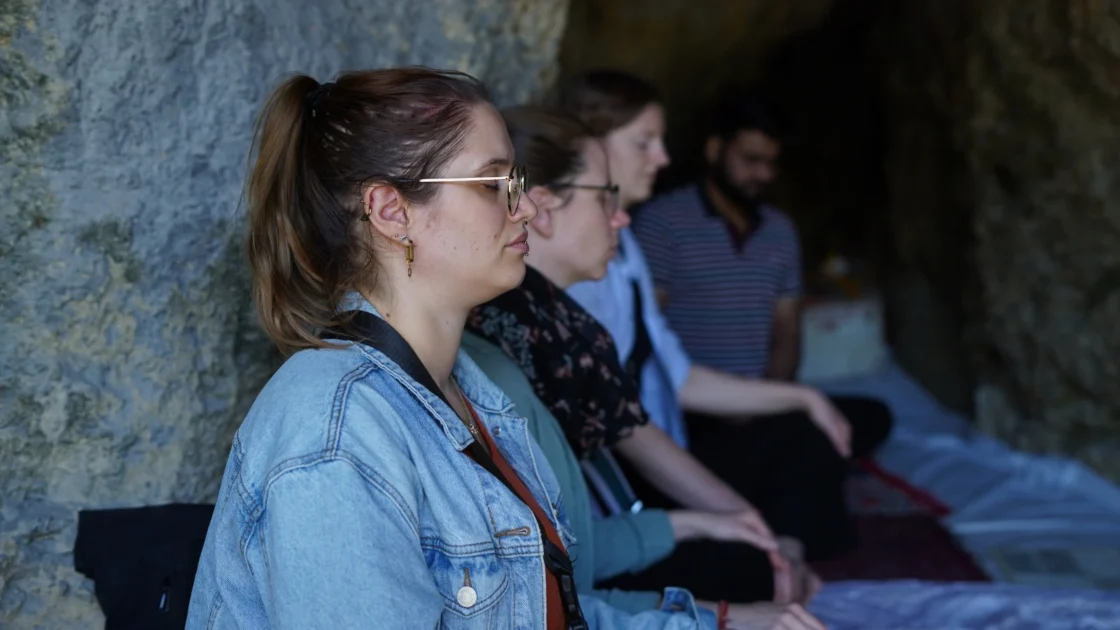
Steps to Begin Practicing Raja Yoga
For those inspired to start, here’s a simple approach:
1. Set aside time daily (even 10–15 minutes) for quiet sitting.
2. Choose a comfortable posture and keep the spine erect.
3. Begin with breath awareness. Inhale and exhale consciously.
4. Introduce a point of focus — a mantra, a candle flame, or the breath itself.
5. Gradually expand practice with Pranayama and deeper meditation.
6. Live the Yamas and Niyamas in daily life for an ethical foundation.
The journey is personal — consistency is more important than intensity.
The Goal of Raja Yoga: Liberation
Ultimately, Raja Yoga leads to Samadhi — a state of pure awareness where the practitioner transcends the limitations of the body and mind. This liberation is described as:
• Freedom from suffering.
• Unity with the divine.
• Realization of the eternal Self.
It is called the “royal path” because it takes the seeker directly to the throne of the soul.
Conclusion
Raja Yoga is not just an ancient philosophy; it is a living science of the mind. In a world of distraction, stress, and overstimulation, its message is timeless: true mastery comes from mastering the mind.
By following the Eight Limbs, integrating meditation into daily life, and cultivating ethical living, anyone can walk the royal path. The journey is not about renouncing the world but about transforming our relationship with it — from restlessness to peace, from ignorance to wisdom, from limitation to liberation.

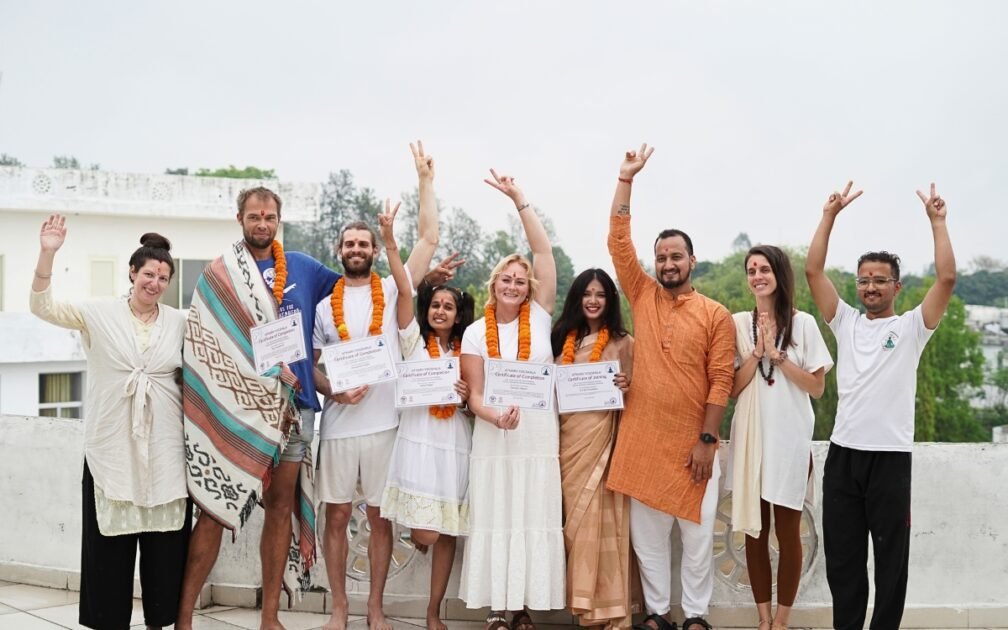
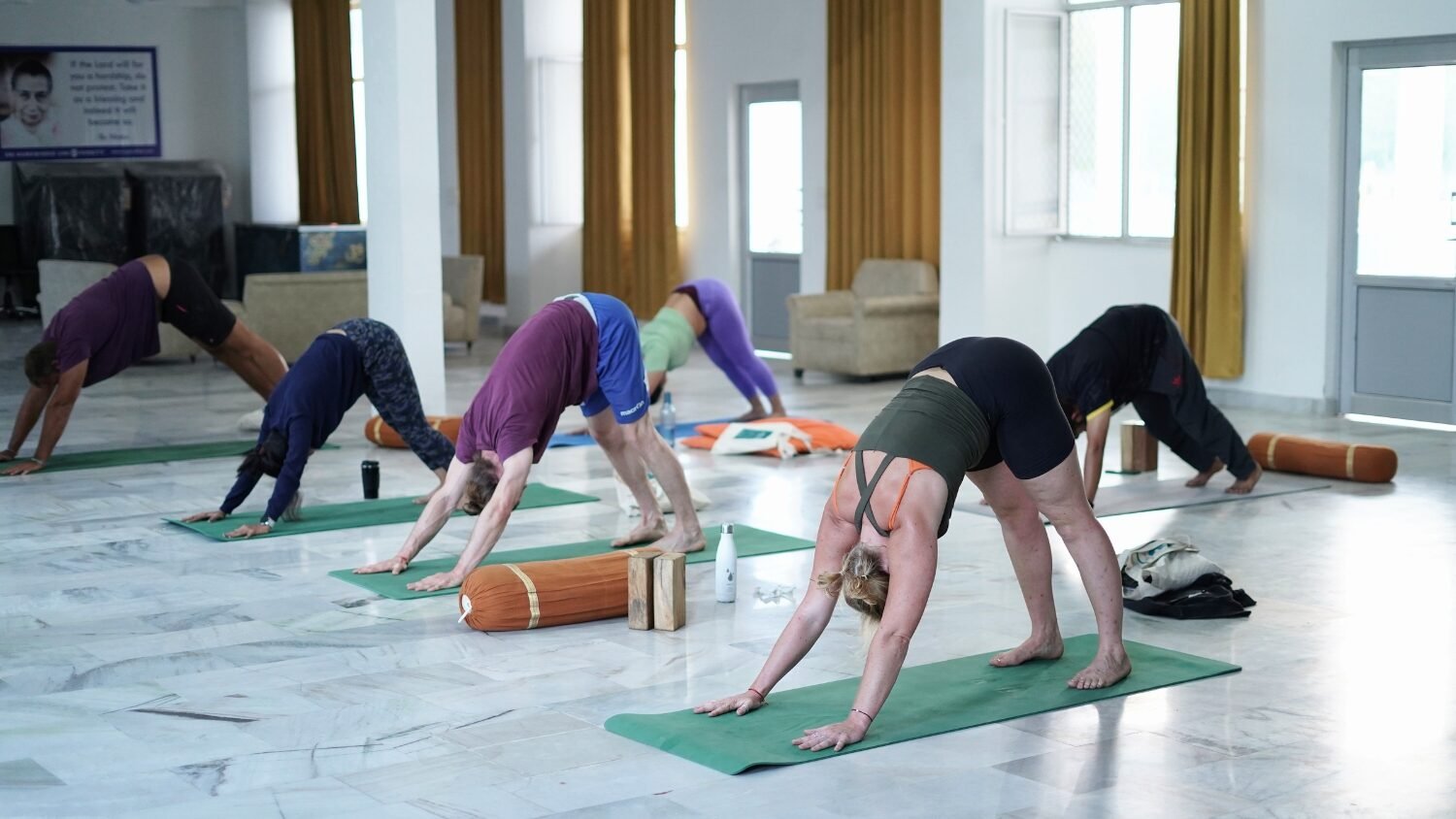
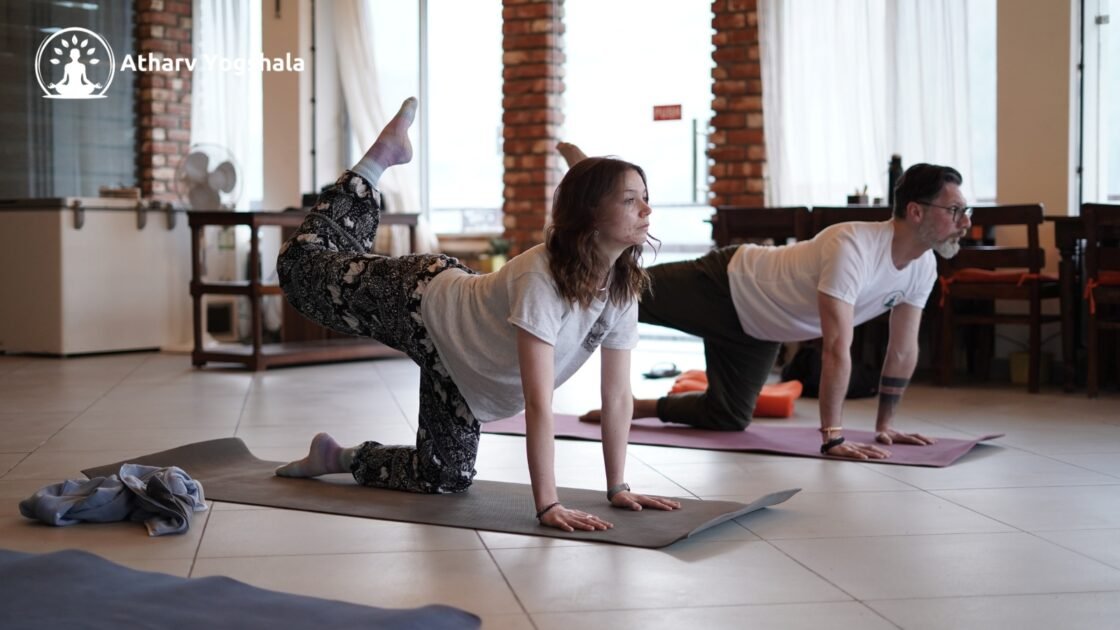


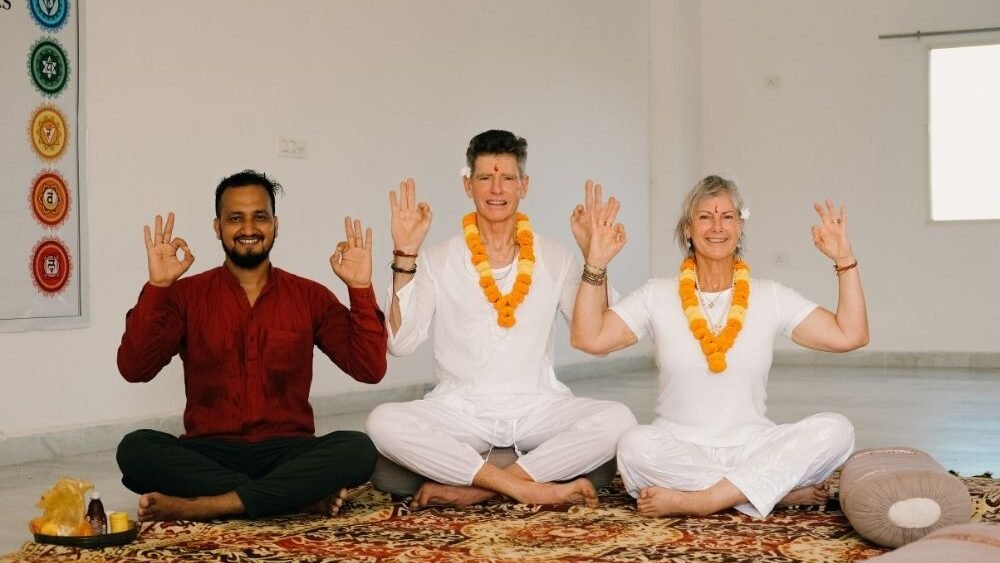
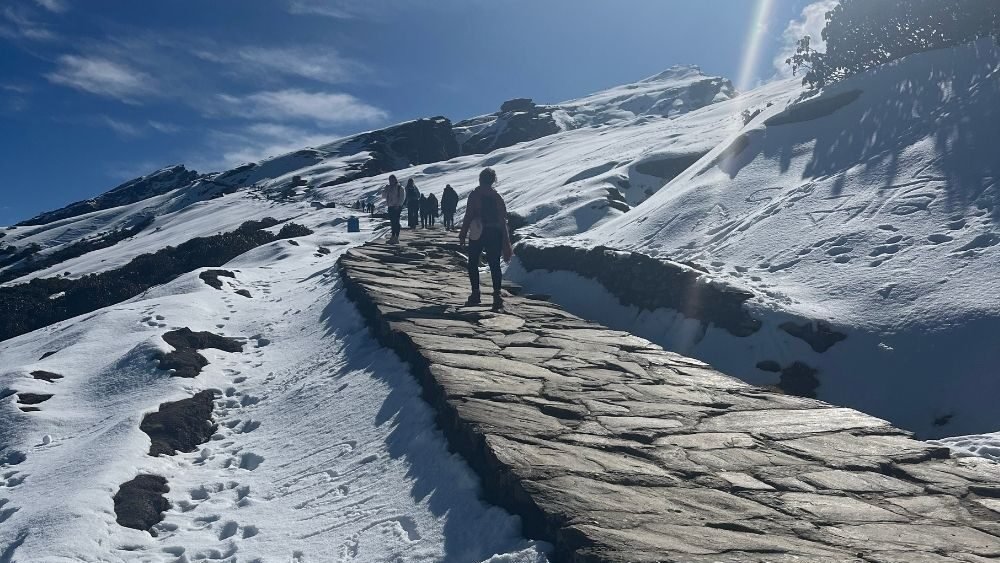

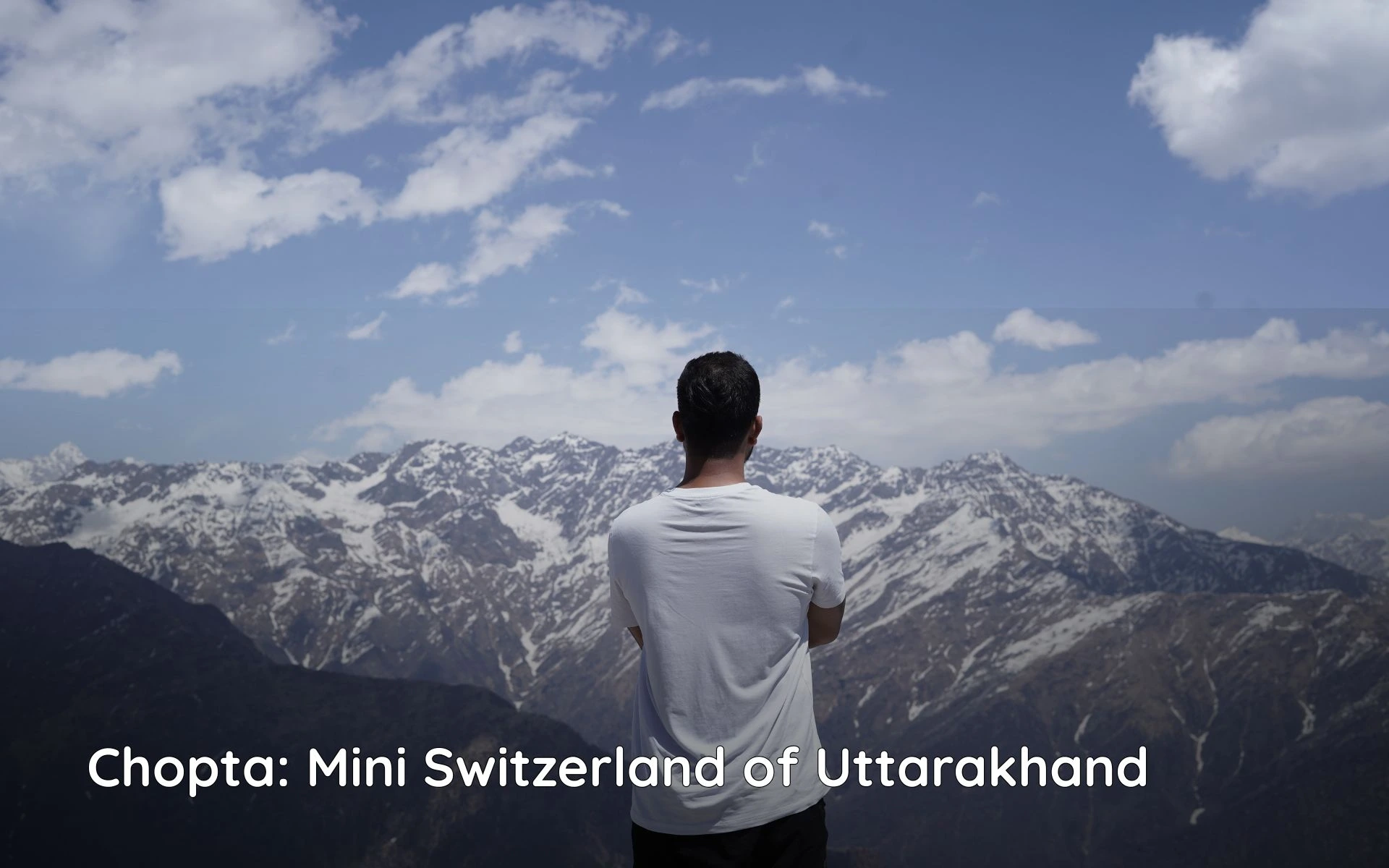


Leave a comment: